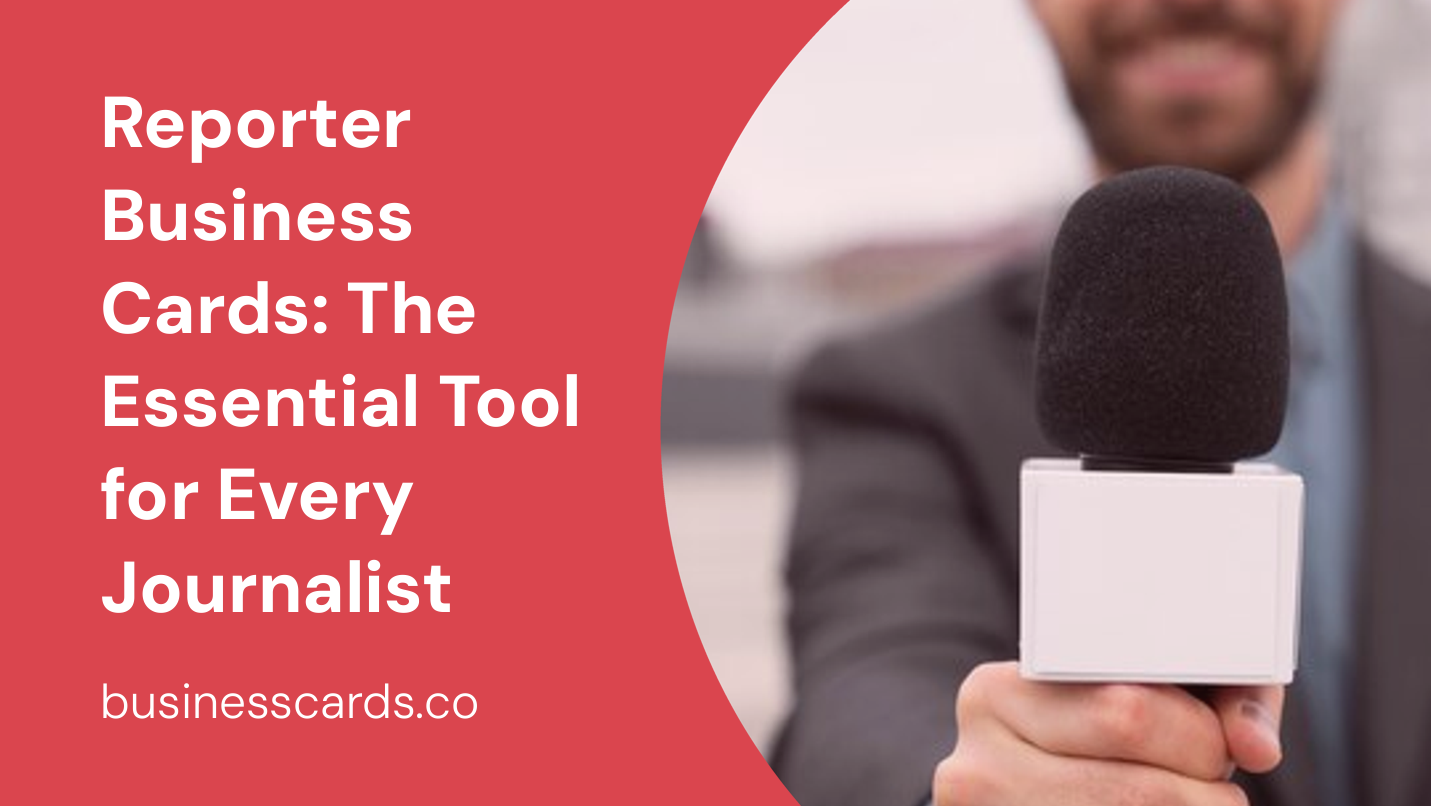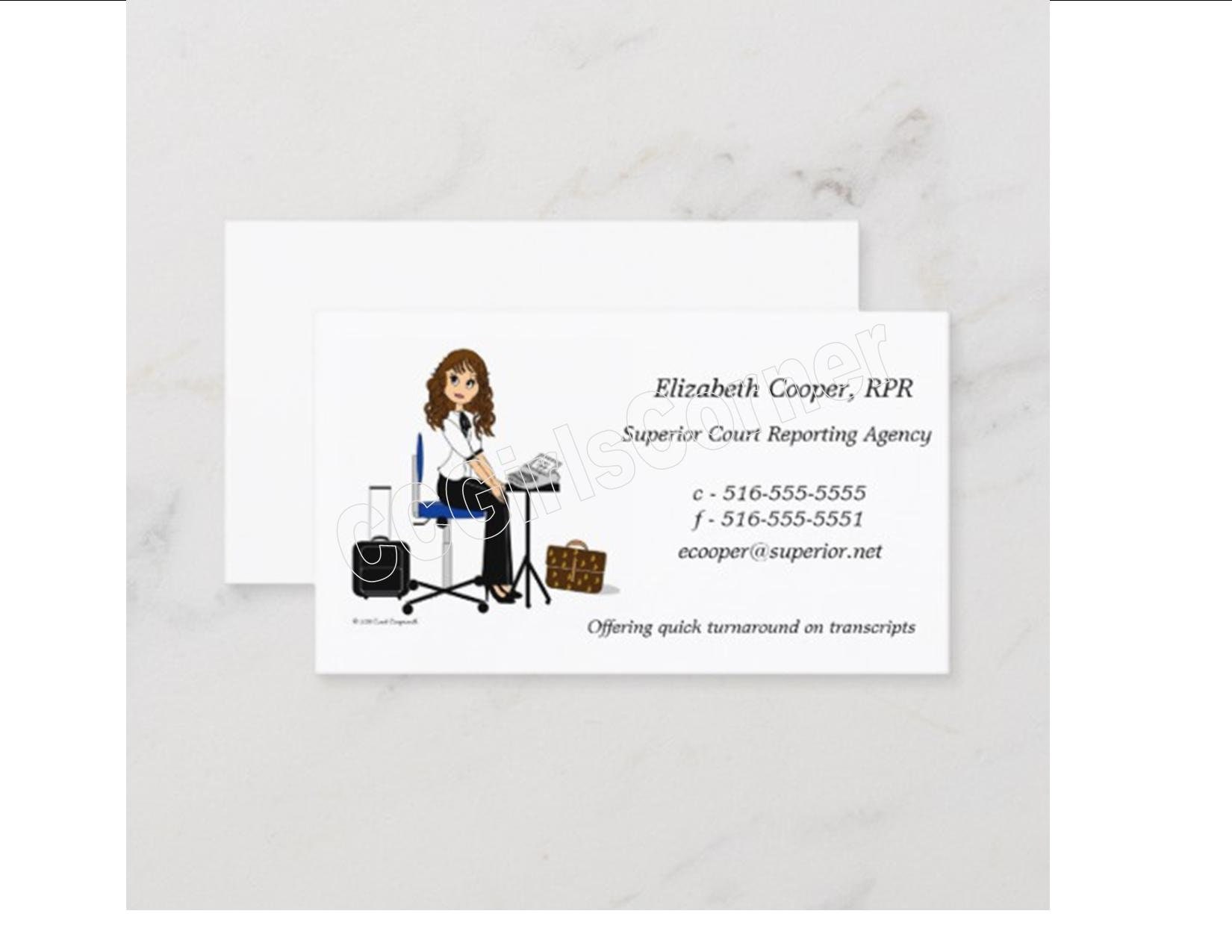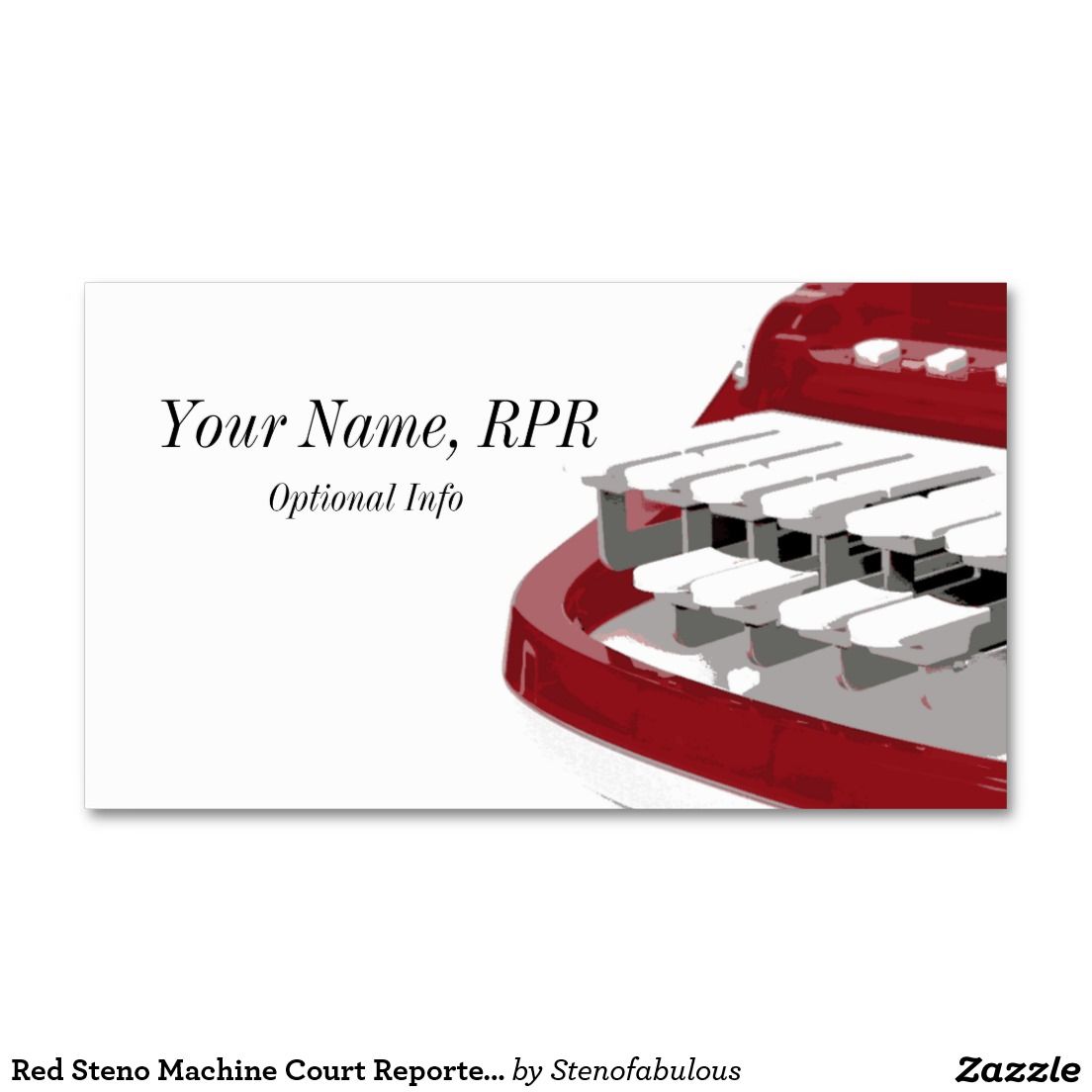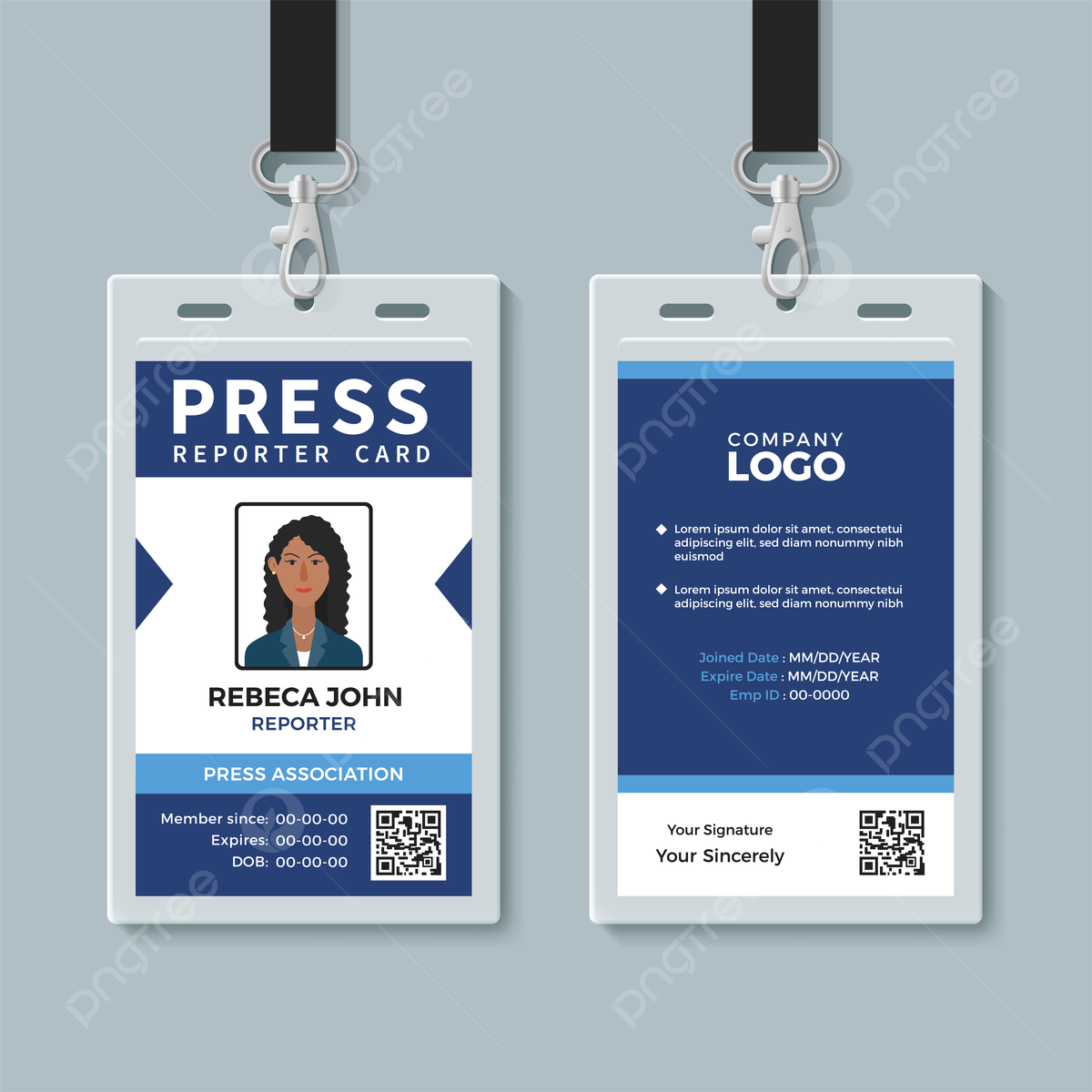
As a reporter, your business card is an essential tool that can make a lasting impression on potential sources, colleagues, and editors. It serves as a visual representation of your professionalism, credibility, and contact information. In this article, we will delve into the importance of reporter business cards, what to include on them, and how to design an effective card that reflects your journalistic style.
Why Reporter Business Cards Matter

In the age of digital communication, you might wonder if business cards are still necessary. After all, you can easily exchange contact details via email or phone. However, reporter business cards remain a vital networking and branding tool for several reasons.
1. Instant Credibility and Professionalism
When you hand out your business card, you instantly establish credibility and professionalism. People are more likely to take you seriously as a journalist when they see a well-designed card that represents your expertise and attention to detail.
2. Memorable First Impression
A well-crafted and visually appealing business card can leave a memorable first impression. People you meet at conferences, press events, or while interviewing sources will have a physical reminder of your encounter. This can help them remember you and your work when they come across your card later on.
3. Convenient Contact Details
Having all your contact information in one easily accessible place is convenient not only for you but also for the people you meet. Your business card should include your name, job title, email address, phone number, and any relevant social media handles. This allows potential sources, colleagues, or editors to reach out to you effortlessly.
What to Include on Reporter Business Cards

Now that you understand the importance of reporter business cards, let’s explore what details you should include on them.
1. Name and Title
Your business card should prominently feature your name and job title. This helps people identify your role and establishes your authority as a journalist. Make sure the font size and style you choose for your name are clear and easy to read.
2. Contact Information
Ensure that your business card includes up-to-date contact information. Apart from your email address and phone number, consider including relevant social media handles such as Twitter or LinkedIn. Including these handles can provide an additional way for people to connect with you and stay updated on your work.
3. Logo or Branding
Consider including your news organization’s logo or your personal branding on the business card. This adds a professional touch and helps reinforce your association with a reputable entity. If you don’t have a logo, you can use a distinctive font or color scheme to reflect your personal brand.
4. Short Description or Tagline
Including a short description or tagline can help differentiate you from other reporters and showcase your areas of expertise or unique selling points. Use concise and captivating language to highlight your skills and professional strengths.
5. QR Codes
To make your business card even more interactive, you can include a QR code that leads to your online portfolio or website. This allows potential connections to easily access your work samples, articles, and past interviews, helping them gain a better understanding of your journalistic abilities.
Designing an Effective Reporter Business Card
Now that you know what to include on your reporter business card, it’s time to focus on designing an effective card that reflects your journalistic style. Here are some tips to keep in mind:
1. Keep it Simple and Clean
Avoid cluttering your business card with excessive information or graphics. Aim for a clean and minimalist design that is easy on the eyes. This helps ensure that the essential details are easily readable and memorable.
2. Choose Legible Fonts
The font you choose for your business card should be legible, even at small sizes. Stick to professional-looking fonts that are easy to read. Consider using a combination of serif and sans-serif fonts to bring a balance of elegance and modernity to your design.
3. Optimize for Brand Consistency
If you work for a news organization, align your business card design with your company’s branding guidelines. This helps maintain brand consistency and enhances your professional image. Use the organization’s color palette, fonts, and logo to create a cohesive look.
4. Use High-Quality Printing and Paper
Invest in high-quality printing and paper for your business cards. Cheap, flimsy cards can reflect poorly on your professionalism. Opt for thick, durable paper that feels premium to the touch. Consider adding a sleek finish like matte or glossy to make your card stand out.
5. Consider Unique Shapes or Sizes
While traditional business cards are rectangular, consider experimenting with unique shapes or sizes to make your card memorable. Circular, square, or folded cards can give a creative touch that helps you stand out. However, ensure that the design doesn’t compromise readability or practicality.
In Conclusion

In the ever-evolving world of journalism, reporter business cards continue to be a valuable tool for networking and branding. These small pieces of paper serve as a tangible representation of your professionalism, credibility, and contact information. By designing an effective business card that reflects your journalistic style, you can leave a lasting impression in the minds of potential sources, colleagues, and editors. So, don’t underestimate the power of a well-crafted business card â_x0080__x0093_ invest time and effort into creating one that represents the best of your journalistic abilities.
Remember, reporter business cards are not just a formality, but rather an opportunity to showcase your professionalism and establish connections in the industry. Take advantage of this valuable tool and make your mark as a journalist with a well-designed business card.
Ava Taylor’s passion for branding and marketing shines through in her dynamic writing. She brings a unique perspective with her background in event planning, infusing creativity into her content. When she’s not writing, Ava enjoys organizing community events and gatherings.